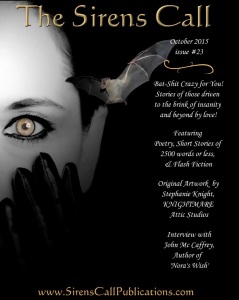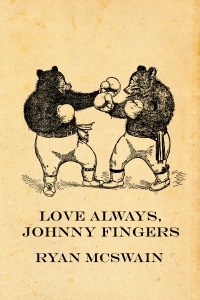
Several folks on Reddit and elsewhere have been asking about gift ideas for a teenager or adult who is serious about learning magic tricks. I’ve given some of this advice before, but thought it was time to do a serious write-up.
Magic is expensive if you’re buying one-off tricks. What I would suggest is getting the tried-and-true material that always gets recommended. It’s going to give you the biggest bang for your buck. If you think the person you’re shopping for would just want an easy trick, there’s plenty of that out there. With these books and props, they could learn hundreds of great tricks.
If I were to do this for someone on a budget, I would go with these three books:
- Joshua Jay’s Magic: The Complete Course (comes with DVD) ($18)
- J.B. Bobo’s Modern Coin Magic ($9)
- Jean Hugard’s The Royal Road to Card Magic ($9)
If you want to spend a little more, there are DVD sets for both Modern Coin Magic and The Royal Road for Card Magic. They’re only $15 each. You can get them along with the books or on their own, and they’re made for beginners.
Coins and cards are the bread and butter of learning sleight of hand. If you know the person is interested in just cards or just coins, you could get them just the book or DVDs on that subject alone.
As for props, you want five fifty-cent pieces (assuming you’re in the US). You can get a roll of them at the bank for $20, take out five that match and deposit the rest back in. With five coins, you can do almost anything in the Bobo coin book or DVD.
Get a couple of decks of Bicycle playing cards from the store. If you want to get really fancy, Monarch playing cards are on Amazon for $8. They’re gorgeous, but totally unnecessary. If you’re practicing card tricks, you’ll wear out a few decks of cards anyway.
If the person you’re buying for decides magic is something they want to keep doing, they can always get fancy coins, special cards, and more expensive tricks later.
Amazon links:
- Magic: The Complete Course: http://amzn.to/1lW2Y80
- Modern Coin Magic book: http://amzn.to/1lW31ka
- Modern Coin Magic DVD set: http://amzn.to/1lW3bZ1
- The Royal Road to Card Magic book: http://amzn.to/1Ov2EIu
- The Royal Road to Card Magic DVD set: http://amzn.to/1Ov34P0
- Bicycle cards: http://amzn.to/1lW3keK
- Fancy Monarch cards: http://amzn.to/1lW3mTT
If you want the bare minimum, just get a couple of decks of cards, the five fifty-cent coins, and Magic: The Complete Course. It has card tricks and coin tricks, so it would have plenty to get started.
One request: if you buy someone a book on magic, resist the urge to flip through it. There’s a good chance they’ll want to show you some tricks, and knowing how it’s done can ruin the fun for everybody. Plus, the Magic Police will round us all up. And I can’t go back to Magic Prison. I won’t go back.
I hope this is helpful. If you have any questions, please ask in the comments. I’m happy to help.








